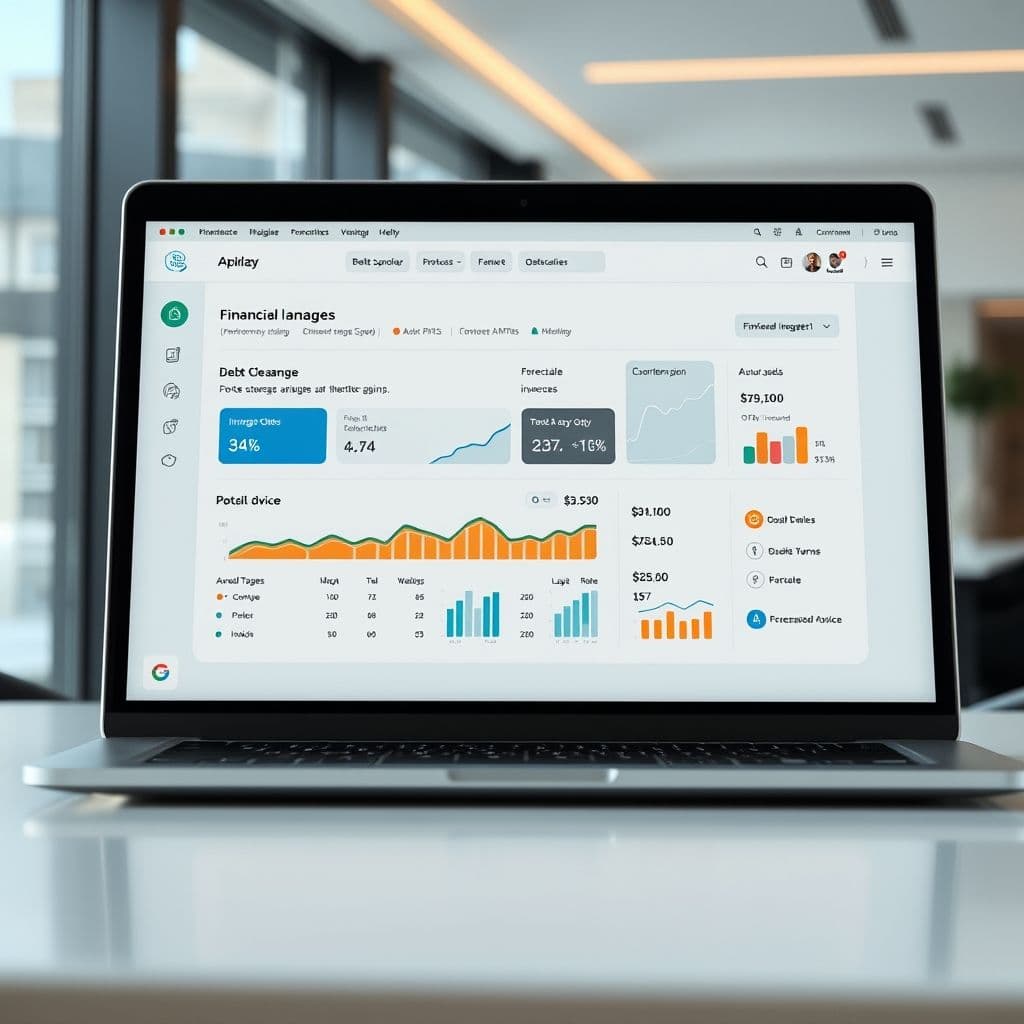Balancing Debt and Investments: A SaaS Solution for Financial Clarity

Managing debt while trying to invest can feel like walking a tightrope. Many young professionals, like the TikTok creator who started 2025 with $60,000 in student loans, face the dilemma of prioritizing debt payoff versus investing early. The comments reveal a common pain point: confusion and frustration over how to balance these financial goals. This article explores a hypothetical SaaS solution designed to provide clarity and personalized strategies for those navigating this complex financial landscape.
The Problem: Financial Planning Paralysis
The struggle to manage debt while investing is a widespread issue, especially among millennials and Gen Z. Many feel torn between the emotional satisfaction of becoming debt-free and the long-term benefits of early investing. As one commenter noted, 'A dollar invested at 25 is worth two and a half times more than a dollar invested at 35.' Yet, the pressure to pay off debt quickly often leads to restrictive lifestyles and missed investment opportunities. The lack of clear, personalized guidance exacerbates this dilemma, leaving many to ruminate over their financial decisions without a solid plan.

Idea of SaaS: A Personalized Financial Planning Tool
Imagine a SaaS application that combines debt management strategies with investment advice, tailored to your unique financial situation. This tool could analyze your debt (student loans, credit cards, etc.), interest rates, and income to recommend the optimal balance between debt payoff and investing. It would feature interactive spreadsheets, progress tracking, and even simulate different scenarios to show the long-term impact of your decisions. For example, it could illustrate how refinancing your loans for a lower interest rate might free up more money for investments.
The tool could also integrate with tax-advantaged accounts, helping users maximize contributions to IRAs or 401(k)s while still making progress on debt. By providing clear, data-driven recommendations, it would alleviate the stress and uncertainty that many feel when trying to navigate these competing financial priorities.

Potential Use Cases
This SaaS tool could benefit a wide range of users. Recent graduates with student loans could use it to determine whether to prioritize debt repayment or early investing. Couples managing joint finances could simulate different strategies to align their goals. Freelancers or gig workers with irregular income could get tailored advice on how to allocate windfalls between debt and investments. The tool could even offer community features, allowing users to share strategies and learn from others in similar situations.
Conclusion
Balancing debt and investments is a complex challenge, but a hypothetical SaaS tool could provide the clarity and personalized guidance many are seeking. By combining debt management with investment planning, such a tool could help users make informed decisions without sacrificing their financial future or their present quality of life. While this idea is still in the conceptual stage, it highlights the growing need for innovative solutions in personal finance.
Frequently Asked Questions
- How would this SaaS tool differ from existing budgeting apps?
- Unlike generic budgeting apps, this tool would focus specifically on the intersection of debt management and investment planning, offering personalized strategies based on your unique financial situation and goals.
- What data would the tool need to provide accurate recommendations?
- The tool would require information about your debts (amounts, interest rates, terms), income, expenses, and investment accounts. It could also integrate with financial institutions for real-time updates.
- Would this tool be suitable for people with high levels of debt?
- Yes, the tool would be designed to help users at all debt levels, providing strategies tailored to their specific circumstances, whether they're dealing with student loans, credit card debt, or other financial obligations.


